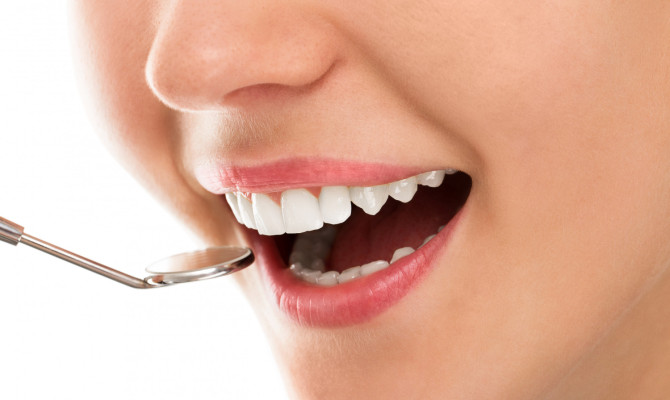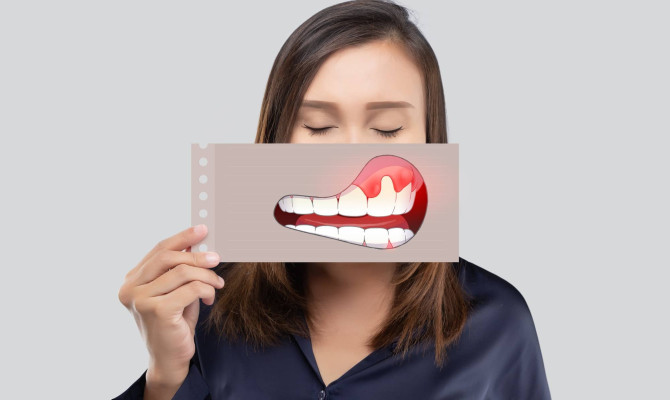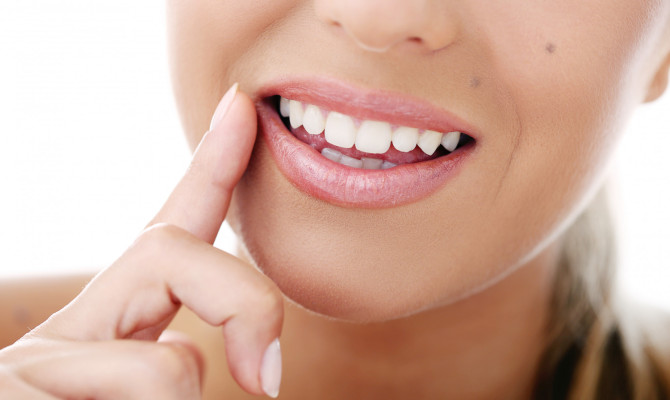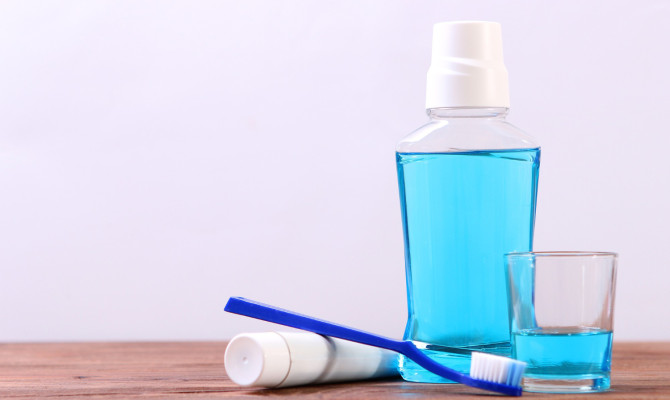Oil pulling for good oral health

- Oil Pulling
- 16 Aug 2023
Overview
What is Oil pulling?
Oil pulling, also known as oil swishing, involves vigorously swishing oil in the mouth to accomplish its effects, much as how mouthwash and oral rinses are used today. It appears in Ayurvedic texts and has been used for many years as a traditional folk treatment in India to cure and prevent numerous oral and overall diseases. The idea that good dental health opens the door to good overall health is widely held. It is believed to treat over thirty systemic problems when performed precisely and regularly.
This article discusses the procedure for oil pulling, the several kinds of oils that may be used, and its many health benefits and precautions.

Oils
Oils used for Oil pulling
The best oils for oil pulling are cold-pressed organic oils because they lack trans fats, unlike processed oils. 1Oils| Researched based study from Nlm.nih.gov However, refined oils can also be used.
Commonly used oils for oil pulling include
- Sesame oil
- Coconut oil
- Olive oil
Other oils
- Sunflower oil
- Mustard oil
- Groundnut oil
Sesame oil
- Sesame oil’s constituents include antioxidant qualities that lessen the damage caused by free radicals to oral tissues. 2Oils| Researched based study from Nlm.nih.gov
Coconut oil
- They have antimicrobial properties against various pathogens, including bacteria such as Staphylococcus aureus and Helicobacter pylori, fungi such as Candida species, and viruses.2Oils| Researched based study from Nlm.nih.gov
Olive oil
- Has antimicrobial and antioxidant properties.1Oils| Researched based study from Nlm.nih.gov
The process
How to do Oil pulling?
- A tablespoon of oil is taken and swished in the mouth for 20 minutes on an empty stomach early in the morning.
- It is ideal for performing oil pulling while seated and with the chin raised.
- It can be done thrice a day before meals to accelerate healing.
- No more than a single teaspoon of oil is used for children over 5 years old.
- By swishing the oil throughout the mouth, the oil is forcefully pushed between every tooth.
- If the technique is followed as instructed, the thick oil will turn thin and milky white after this activity.1The process| Researched based study from Nlm.nih.gov
- Once done, the mouth is completely rinsed with warm saline or tap water, and regular tooth brushing is done.
How does oil pulling work?
- The human mouth is home to hundreds of microorganisms, including friendly and harmful ones.
- A thin slimy layer is produced by these microorganisms on the teeth and is called a biofilm.
- This layer can build up and result in several issues, such as foul breath, cavities, and gum diseases.
- Oil pulling is a simple process that removes all these harmful germs from the mouth, including bacteria, viruses, and protozoa.
- Oil pulling for five minutes emulsifies the oil, increases the surface area, and starts attracting microorganisms towards them, which they later kill.1The process| Researched based study from Nlm.nih.gov
- This oil will also form a covering layer on the teeth and the gums and prevent bacteria from sticking to them, thus clearing all these harmful microorganisms from a person’s mouth.
Health benefits

Health benefits of Oil pulling
Oil pulling, if done correctly, could have the following benefits:
- Prevents tooth cavities.
- Reduces bad breath.
- Improves gum health.
- Treats oral thrush.
Prevents tooth cavities
Oil pulling for cavities
- The most common microorganism responsible for tooth cavities is Streptococcus mutans.
- Regarding reducing S. mutans, coconut oil is equally efficient as chlorhexidine.3Health Benefits| Researched based study from Nlm.nih.gov
Reduces bad breath
- Halitosis, often known as bad breath, is frequently brought on by the odor of gases and chemicals created by germs in your mouth.
- A study indicated that chlorhexidine and sesame oil pulling therapy were equally efficient against the microorganisms that cause bad breath. 4Health Benefits| Researched based study from Nlm.nih.gov
- Olive oil pulling is thought to prevent bad breath.
Improves gum health
- When done correctly, oil pulling can eliminate harmful bacteria in the mouth and reduce gum inflammation and plaque development. 5Health Benefits| Researched based study from Oilpullingsecrets.com
- Sesame oil pulling has been shown in research to be just as good at removing plaque as chlorhexidine mouthwash. 6Health Benefits| Researched based study from Nlm.nih.gov
- Sunflower and sesame oil can decrease gum infections brought on by plaque.
Treats oral thrush
- Candida species produce Candida infections of the mouth, often known as oral thrush, a fungal infection.
- Oil-pulling therapy reduces oral thrush symptoms by physically removing pathogens from the mouth, and the antifungal qualities of the oils destroy yeast in the mouth. 2Health Benefits| Researched based study from Nlm.nih.gov
- People who use medications that may change the oral microbiota over time frequently experience it.
- According to reports, oral candidiasis is more common in those who wear dentures or receive prolonged antibiotic treatment, use inhaled corticosteroids for asthma, and receive chemotherapy or radiotherapy.
Side effects
Side effects & Limitations of Oil pulling
Oil pulling is generally safe but may produce the following side effects:
- Headaches or jaw pain.
- Diarrhea if consumed.
People who are oil-pulling for the first time frequently experience jaw pain or headaches as a side effect, which may improve as they keep oil-pulling regularly.
Limitations of Oil pulling
- It was alleged that gargling with oil stimulates enzymes and removes toxins like heavy metals from the blood.
- However, the oral mucous membrane does not allow the contaminants to pass through, so oil pulling cannot indeed remove these toxins from the blood. 7Side effects| Researched based study from Ispcd.org
- There are numerous other health benefits attributed to oil pulling. However, the majority of them lack scientific backing.
- Even though it improves oral hygiene, it cannot replace regular tooth brushing and flossing as the American Dental Association (ADA) does not officially support it.
- It could take a lot of time to use together with regular tooth brushing for two minutes and flossing for another two minutes. It isn’t practical to add an extra twenty minutes to maintain one’s oral hygiene. 8Side effects| Researched based study from Clevelandclinic.org
Precautions
Precautions
- People should ideally, oil pull every morning on an empty stomach before cleaning their teeth, and care should be taken not to consume the oil during the procedure.
- If the jaw starts to hurt, one can oil pull for five to ten minutes and gradually increase this time to 20 minutes.
- Since the oil used in oil pulling contains toxins and microorganisms at the end of the procedure, it should not be swallowed.
- While doing oil pulling vigorously, one should be careful not to aspirate the oil.
- Due to the risk of aspiration, it should not be used on children under five.
- Spitting oil into the sink is not advised since it can clog the pipes. Instead, spit the oil onto a paper towel or into the garbage.
Bottom line
The bottom line
When done effectively and regularly, oil pulling can improve an individual’s oral hygiene. The most excellent methods for maintaining good oral hygiene are flossing and brushing your teeth. Oil pulling is a fantastic complementary method that is worth trying. It is still safe, easy, and pocket-friendly to incorporate into everyday oral hygiene practice. To get the best out of this procedure, it is recommended to consult with an Ayurvedic doctor who can assess your health, body type, and other factors and suggest the best oil and oil-pulling techniques for you.
Any feedback on this article?
 This Articles content was accurate
This Articles content was accurate Very Informative Article
Very Informative Article I have a question or a comment
I have a question or a comment
 This article contains inaccurate content
This article contains inaccurate content This article was not helpful
This article was not helpful I have a question or a comment
I have a question or a comment
We appreciate your helpful feedback!
Checkout our social pages
References
-
National Library of Medicine
Oil pulling for maintaining oral hygiene – A review | Types of oils | The process
-
National Library of Medicine
Oil pulling and importance of traditional medicine in oral health maintenance | Types of Oils | Health benefits
-
National Library of Medicine
Comparison of antibacterial efficacy of coconut oil and chlorhexidine on Streptococcus mutans: An in vivo study | Health Benefits
-
National Library of Medicine
Effect of oil pulling on halitosis and microorganisms causing halitosis: a randomized controlled pilot trial | Health Benefits
-
Journal of Oral Health and Community Dentistry (JOHCD)
Effect of Oil Pulling on Plaque and Gingivitis | Health Benefits
-
National Library of Medicine
Effect of oil pulling on plaque induced gingivitis: a randomized, controlled, triple-blind study | Health Benefits
-
Journal of International Oral Health
Oil pulling – Unraveling the path to mystic cure | Limitations
-
Cleveland Clinic
The Benefits of Oil Pulling for Dental Health | Limitations





































